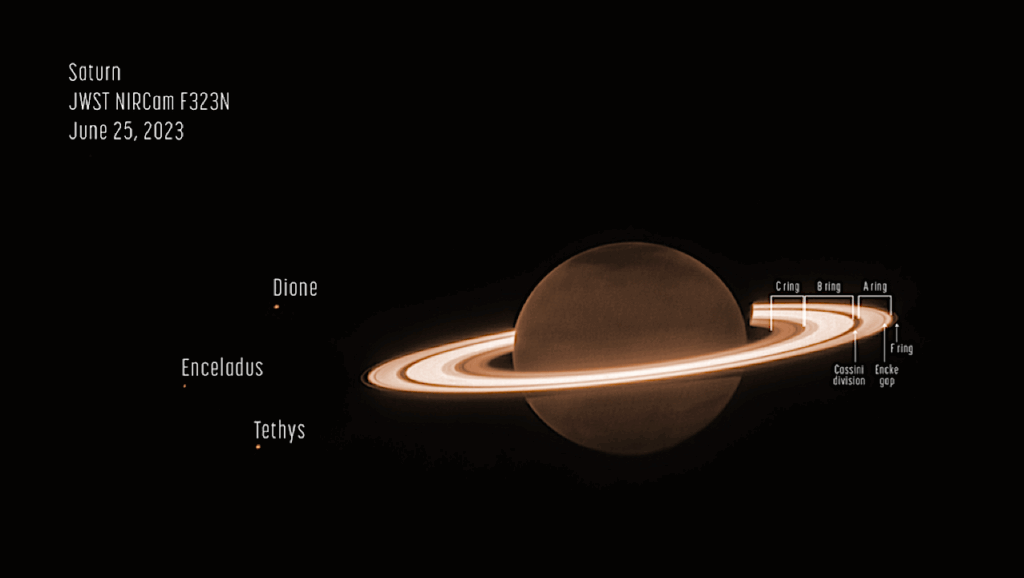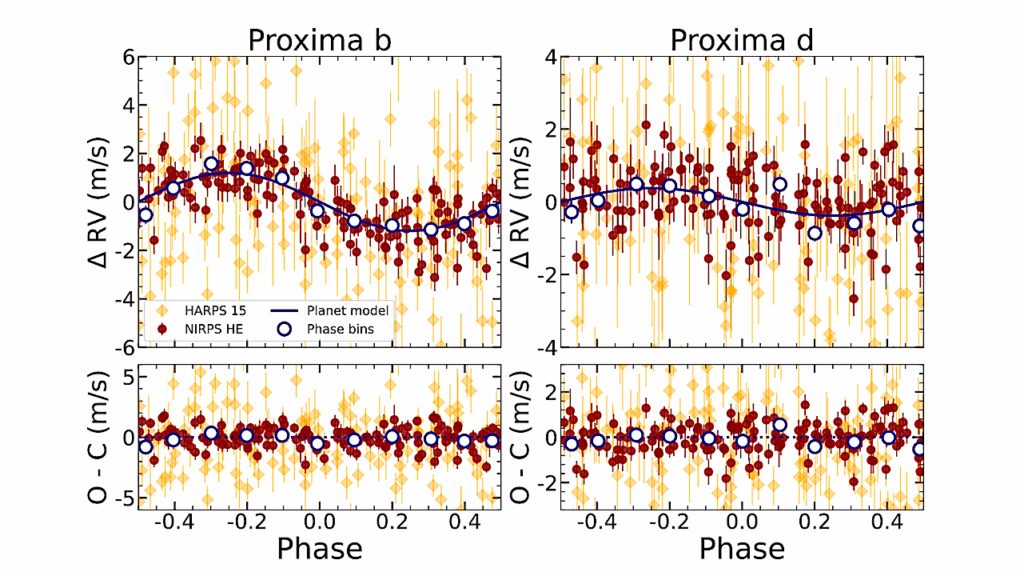Proxima Centauri b Is Not A Transiting Exoplanet

We report Spitzer Space Telescope observations during predicted transits of the exoplanet Proxima Centauri b.
As the nearest terrestrial habitable-zone planet we will ever discover, any potential transit of Proxima b would place strong constraints on its radius, bulk density, and atmosphere. Subsequent transmission spectroscopy and secondary-eclipse measurements could then probe the atmospheric chemistry, physical processes, and orbit, including a search for biosignatures. However, our photometric results rule out planetary transits at the 200~ppm level at 4.5 μm, yielding a 3σ upper radius limit of 0.4~R⊕ (Earth radii). Previous claims of possible transits from optical ground- and space-based photometry were likely correlated noise in the data from Proxima Centauri’s frequent flaring. Follow-up observations should focus on planetary radio emission, phase curves, and direct imaging.
Our study indicates dramatically reduced stellar activity at near-to-mid infrared wavelengths, compared to the optical. Proxima b is an ideal target for space-based infrared telescopes, if their instruments can be configured to handle Proxima’s brightness.
James S. Jenkins, Joseph Harrington, Ryan C. Challener, Nicolás T. Kurtovic, Ricardo Ramirez, Jose Peña, Kathleen J. McIntyre, Michael D. Himes, Eloy Rodríguez, Guillem Anglada-Escudé, Stefan Dreizler, Aviv Ofir, Pablo A. Peña Rojas, Ignasi Ribas, Patricio Rojo, David Kipping, R. Paul Butler, Pedro J. Amado, Cristina Rodríguez-López, Eliza M.-R. Kempton, Enric Palle, Felipe Murgas
(Submitted on 3 May 2019)
Comments: 8 pages, 3 figures, 2 tables, accepted for publication in MNRAS
Subjects: Earth and Planetary Astrophysics (astro-ph.EP); Instrumentation and Methods for Astrophysics (astro-ph.IM); Solar and Stellar Astrophysics (astro-ph.SR)
Cite as: arXiv:1905.01336 [astro-ph.EP] (or arXiv:1905.01336v1 [astro-ph.EP] for this version)
Submission history
From: James Jenkins Dr
[v1] Fri, 3 May 2019 18:29:58 UTC (1,590 KB)
https://arxiv.org/abs/1905.01336
Astrobiology








